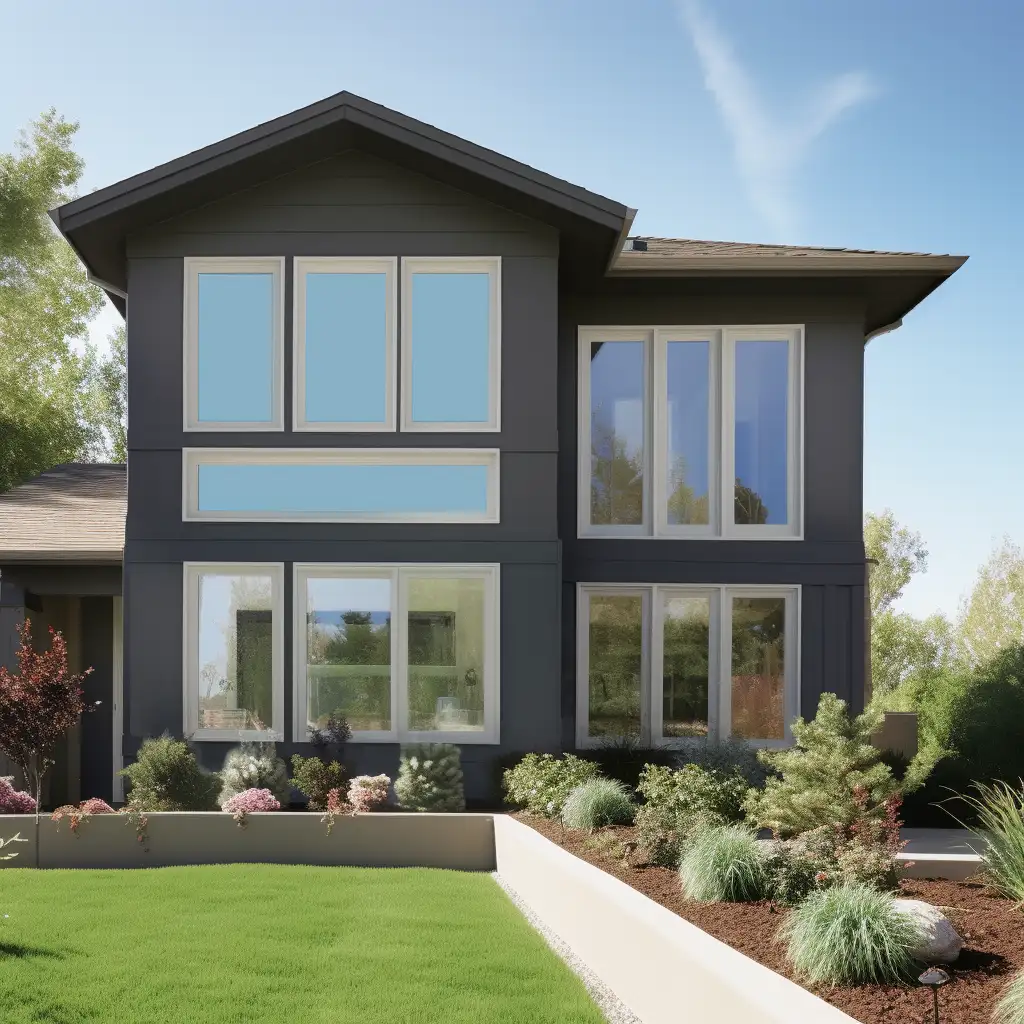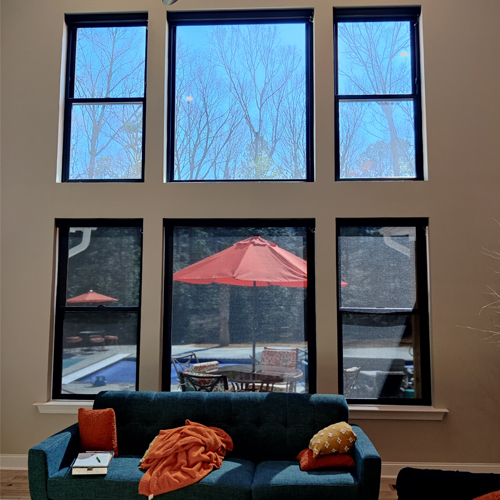Just How Residential Window Tint Can Lower Power Costs
Just How Residential Window Tint Can Lower Power Costs
Blog Article
Exactly How Residential Window Tinting Enhances Your Home's Power Performance
Residential home window tinting presents an engaging solution for homeowners seeking to enhance power effectiveness within their living rooms. By applying specialized films to windows, it properly reduces warmth transfer, consequently supporting indoor temperature levels and decreasing the need for extreme heating or air conditioning.
Understanding Home Window Tinting
Understanding home window tinting is essential for homeowners looking for to boost both convenience and power performance in their space. Residential Window Tint. Window tinting includes the application of a slim movie to the interior or exterior surface area of glass windows. This movie can substantially regulate the amount of sunlight and heat that gets in a home, thus influencing interior climate problems
There are numerous kinds of home window tinting films offered, each with unique residential properties. The effectiveness of window tinting is frequently gauged by its Visible Light Transmission (VLT) percent, which shows just how much light can pass via the film.
Advantages of Energy Effectiveness
Home window tinting not only enhances aesthetics however additionally plays a substantial function in improving power efficiency within residential areas. By minimizing warmth transfer through home windows, tinted movies produce a much more stable interior environment, which can bring about considerable reductions in energy intake for heating and air conditioning. This energy effectiveness translates right into lower utility costs, offering home owners with significant long-term financial savings.

Additionally, home window tinting enhances the convenience of living spaces. By minimizing glare and blocking dangerous UV rays, colored windows produce an even more pleasurable setting, which can lead to improved well-being for occupants. The security against UV rays additionally aids preserve furnishings and flooring from fading, adding to the durability of family items.
Exactly How Tinting Functions
Tinting films operate through a combination of sophisticated materials and modern technologies made to control the amount of solar power getting in a home. Mainly composed of polyester, these movies typically integrate ceramic or metallic particles that take in and reflect warm. This dual capacity enables them to substantially lower the infiltration of ultraviolet (UV) rays and infrared radiation while permitting noticeable light to go through.
The performance of window tinting is determined by its solar heat gain coefficient (SHGC), which indicates exactly how much solar power is transmitted with the window. Lower SHGC worths are better as they signify greater warmth being rejected. Additionally, window tints can feature a range of shades, allowing home owners to customize their aesthetic preferences while boosting energy performance.
Furthermore, these movies serve as a barrier, protecting against warmth loss during cooler months by reflecting indoor warmth back into the living space. This thermal insulation impact complements the cooling advantages gained during warmer months, adding to a balanced indoor environment year-round. By managing solar power successfully, property home window tinting not only boosts convenience but additionally plays a vital function in reducing energy consumption and decreasing energy costs.
Picking the Right Tint

There are numerous kinds of window movies offered, including dyed, metalized, and ceramic. Ceramic movies provide superb warmth control without jeopardizing visibility and are highly resilient, making them a preferred selection.
Visible light transmission (VLT) is one more critical element, as it suggests the quantity of natural light that can pass with the tinted glass. House owners should choose a tint with a VLT that matches their illumination preferences check over here while still providing ample glow decrease.
In addition, assessing the solar warm gain coefficient (SHGC) can aid identify just how well a tint can obstruct warmth from sunshine. A lower SHGC suggests better warmth control, inevitably enhancing energy effectiveness.
Setup and Upkeep Tips
Proper setup and maintenance are crucial parts in making the most of the benefits of domestic window tinting. Experts also utilize specialized tools and methods, which can improve the sturdiness and effectiveness of the color.
Following setup, upkeep is crucial to prolong the life of the home window movie. It is recommended to wait at the very least 30 days before cleaning up the tinted windows to enable the sticky to treat fully.
Furthermore, routine inspections are beneficial. Look for any kind of peeling or bubbling, which might show improper installation or put on in time - Residential Window Tint. Dealing with these issues without delay can stop more damages and preserve energy performance. By sticking to these installment and upkeep suggestions, house owners can ensure their window tinting remains to supply substantial energy savings and comfort for years to come.
Conclusion
To conclude, domestic home window tinting acts as a reliable remedy for boosting energy effectiveness within homes. By minimizing warmth transfer and obstructing dangerous UV rays, window movies add click here to find out more to reduce energy intake and improved indoor convenience. The choice of proper tinting materials, together with appropriate installment and upkeep, even more makes the most of these benefits. Inevitably, window tinting represents a sustainable financial investment that not only lowers utility expenses but likewise promotes a comfortable living environment throughout the year.
Home window tinting involves the application of a slim film to the inside or exterior surface area of glass home windows. By reducing heat transfer via windows, colored films produce a more stable indoor environment, which can lead to significant reductions in power consumption for home heating and cooling.The performance of home window tinting is gauged by its solar warmth gain coefficient (SHGC), which indicates exactly how much solar power is transmitted through the home window. By managing solar power properly, household window tinting not only improves comfort however also plays an important role in reducing energy usage and lowering energy costs.
By minimizing heat transfer and obstructing harmful UV rays, image source window movies contribute to lower energy consumption and boosted interior convenience.
Report this page